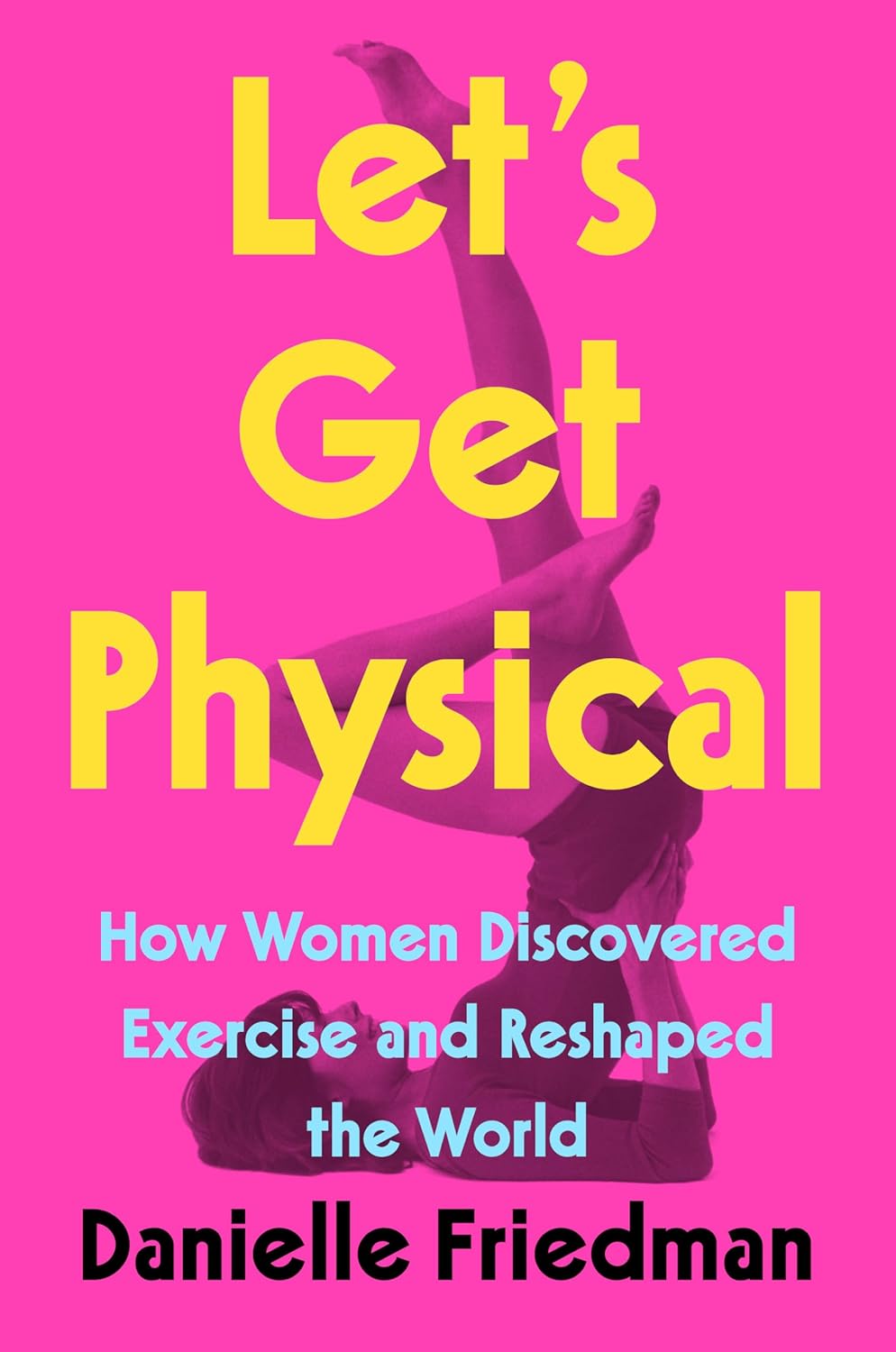Danielle Friedman’s new book Let’s Get Physical traces the recent history of women’s fitness in the United States, primarily through a series of biographical sketches of women who, like Prudden, have shaped that history. Each chapter centers on a woman, or several, who pioneered a major fitness trend in a given decade. The first chapter focuses on Prudden, detailing her research on children’s fitness, her many popular books promoting exercise for women, her prison program and its accompanying New York Times coverage, and her TV show. Later chapters focus on Lotte Berk, the originator of the barre workouts that emerged in the 1960s, and, of course, Jane Fonda’s ’80s aerobics.
Friedman’s lively anecdotes about these women and their early followers are fun to read. The book presents a dynamic cast of characters, many of whom are little-known now, like Lisa Lyon, a bodybuilder who posed for Playboy and was profiled by Eve Babitz in Esquire (Babitz wrote that she had a “perfect little Bardot-Ronstadt face”); or Janice Darling, an instructor at Jane Fonda’s original workout studio who was one of the few Black fitness instructors of the era and who credited her fitness routine with helping her recover from an accident that broke both her legs and severed a muscle in one eye. It’s fun, too, to gawk at the now obviously ridiculous sexism many of them faced. Friedman writes, for instance, that for decades women were discouraged from exercising because it was believed that too much exercise could make their uteruses fall out.
Friedman clearly views the telling of this history as a feminist project. As she writes, “American women’s fitness history is more than a series of misguided ‘crazes.’ It’s the story of how women have chosen to spend a collective billions of dollars and hours in pursuit of health and happiness. In many ways, it’s the story of what it has meant to be a woman over the past seven decades.” She is right that exercise is a significant concern for many women, and so there is a feminist stake in refusing to dismiss or overlook its history. But the fact that there is a compelling feminist argument for studying the history of women’s fitness does not make that history, in and of itself, feminist—something Friedman’s book struggles to grasp.
